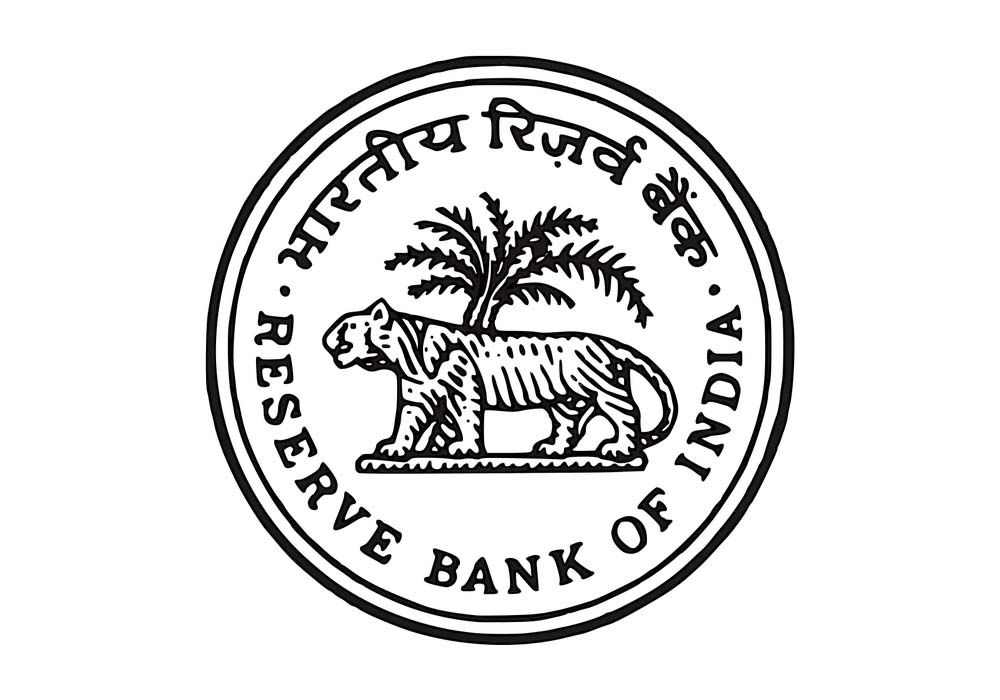Pound-Rupee: Strong Bounce on RBI 'Political' Interest Rate Cut

- 2nd RBI rate cut of 2019
- Rupee said to be "twitchy"
- Did rate cut come as a result of political pressure?
"The Rupee is looking very twitchy this morning" says one analyst on news the RBI has delivered another interest rate cut which sceptics suggest could have been as much about politics as it is about the domestic and global economy.
The Pound-to-Rupee exchange rate has jumped on Thursday, April 04 after the Reserve Bank of India opted to cut interest rates for the second time this year.
One pound now buys 91.066 rupees, whereas the same pound would have bought 89.93 rupees just 24 hours earlier.
The Rupee was meanwhile seen 0.4% lower against the U.S. Dollar on a daily basis.
"Since the last MPC meeting in February 2019, global economic activity has been losing pace," say the RBI in a statement following the decision to cut interest rates to 5.75%.
The RBI cited slowing activity in the U.S., Eurozone, UK and China for the added caution adopted in their April policy meeting.
Furthermore, rising oil prices were seen as being a headwind.
Domestically, a downward revision to GDP growth estimates from the country's statistics agency from 7.2% to 7.0 for 2018-2019 were considerations.
The Rupee has lost ground across the board as a result of the rate cut: the general rule-of-thumb being that currencies fall when central banks cut interest rates, or signal they might do so in the future.
"The Rupee is looking very twitchy this morning, reversing early losses to go bid at 68.77. Some were seemingly looking for an 'accommodative stance' which wasn't forthcoming," says Simon Harvey, FX Analyst at Monex Europe.
Was this a 'Political Cut'?
The cut to the interest rate could however have a political angle attached.
"The timing of the cuts raise the doubt about the RBI’s independence, given it’s a new governor with closer ties with the government and ahead of the election," says Amy Yuan Zhuang, an analyst with Nordea Markets.
Elections are due from 11 April to 19 May and an easing in interest rates would certainly be welcomed by the government.
The relationship between the RBI and the government has been shaky over recent months with a confrontation beteween the two institutions reported at the end of last year.
The sudden resignation by Governor Urjit Patel soon followed, lending credence to reports of tensions. "The new governor Shaktikanta Das is known to have closer ties with the government and therefore leaves speculation for his independence," says Zhuang.
The analyst notes that companies have complained about high borrowing rates, which is an obstacle for the investment-driven growth that the government is aiming for. Business sentiment has fallen in Q1 2019. "In addition, addressing the funding concern for companies will further boost the government’s odds of re-election," says the analyst.
Concerning the Rupees outlook, Zhuang says she does "not expect sharp movements in the INR," as the Emerging Market currency complex waits for more signals from global economic performance.
China-U.S. trade relations come to mind as being a key driver in this regard.
And, "if history offers a lesson, the upcoming election in India will also likely keep USD/INR range-bouncing in the coming two months," says Zhuang.
Time to move your money? Get 3-5% more currency than your bank would offer by using the services of foreign exchange specialists at RationalFX. A specialist broker can deliver you an exchange rate closer to the real market rate, thereby saving you substantial quantities of currency. Find out more here.
* Advertisement
